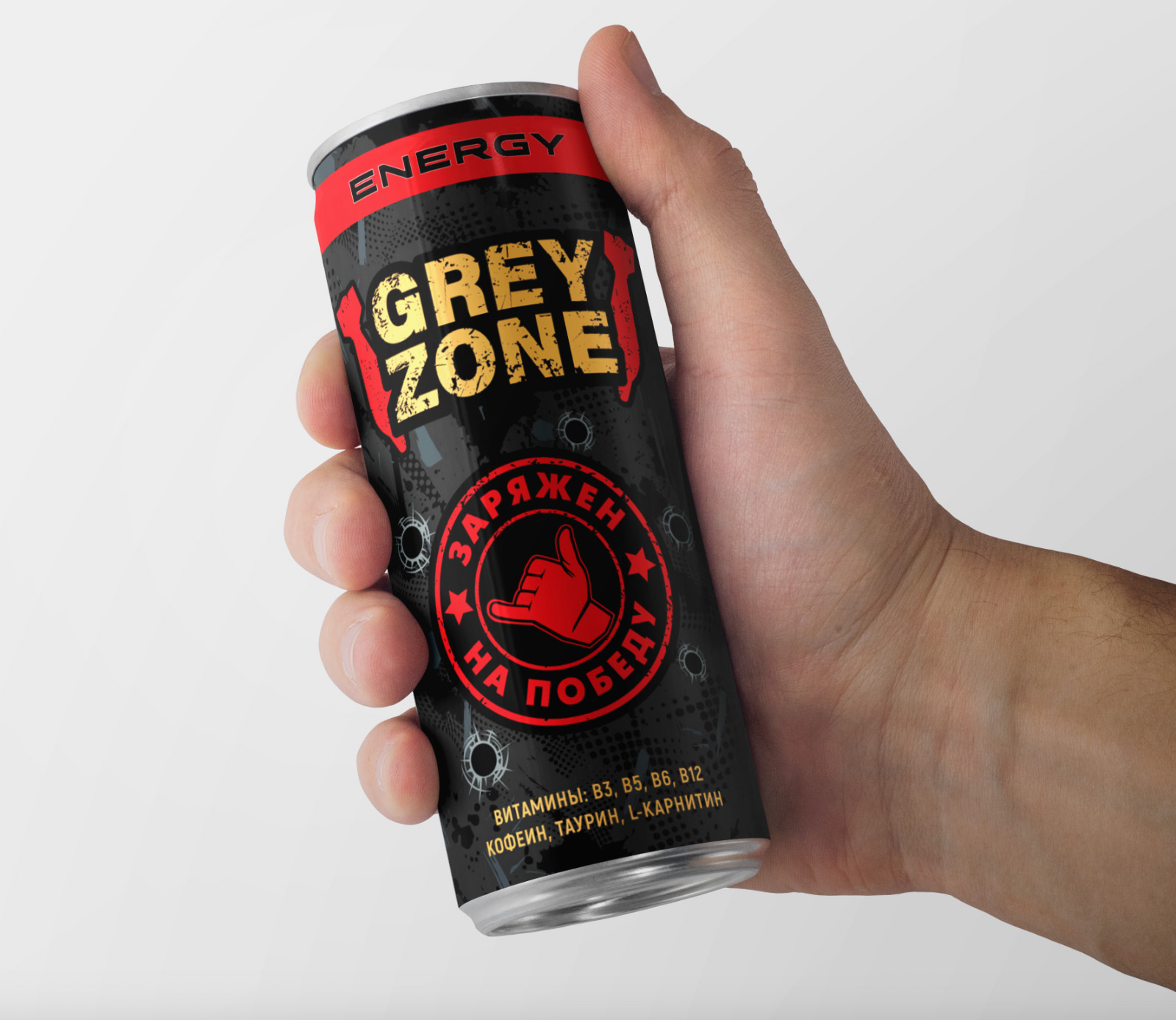
What is happening in the monetary and financial sphere of the United States is unprecedented.
Many people, even far from the economy, know the term "quantitative easing". He came from America (English. Quantitative easing – QE) and means the activity of the American central bank in pumping the economy with money due to the unrestrained work of the "printing press". In the good old days, such activity would qualify as criminal., and in the current conditions it is covered with the euphemism "quantitative easing". The effects of QE do not appear immediately, but they can be extremely destructive. One can compare the policy of QE to the treatment of a seriously ill patient with drugs.. The patient may experience pain relief for a while., there is a false feeling, he's starting to get better. But then comes a sharp deterioration, which even horse doses of the drug do not help. AT 99 of 100 cases such "treatment" ends in death.
The Federal Reserve, throughout its more than a century of history, has always dabbled in such a tool., like an oversupply. But the doses of the drug were small and the time of their use was limited..
But from November 2008 The Fed launched a large-scale use of the “money drug” (around that time the term "quantitative easing" was thrown into circulation). Until this year, four QE programs have been implemented. The first program started in November 2008 of the year. The second is in November 2010 of the year. Third - in September 2012 of the year. Fourth - in March 2020 of the year. The Federal Reserve carried out all these programs in an extremely simple way.: threw dollars into circulation by buying securities. Bought two types of paper: treasury bonds and mortgage bonds. If on the eve of the first program the assets of the Fed (consisting mainly of the two types of papers mentioned) were about 800 billion dollars., then in the spring of last year, their value came close to the mark of 9 trillions of dollars. Over a decade and a half, asset growth (and consequently, and lots of dollars) more than an order of magnitude. "Money addiction" in its purest form!
The Federal Reserve has repeatedly tried to end QE and even reduce its holdings by selling back securities.. So, in October 2014 of the year, when the Fed's assets approached the mark 4,5 trillion dollars., "printing press" was stopped. There were even attempts to reduce the assets of the Federal Reserve, but progress has been very modest.. A new bout of QE began at 2020 year, when the US Treasury needed large loans to finance the fight against the so-called "pandemic" and its consequences. Last year there were also attempts to implement a policy of "quantitative tightening" (reducing the Fed's assets by selling securities from its portfolio). Especially since inflation is on the rise in the US., which is traditionally suppressed by contraction of the money supply. From mid-April last year to mid-February this year, the Fed's assets managed to shrink by almost 600 billion dollars. Although assets were still at a very high level in February of this year - almost 8,4 trillion dollars.
But in March of this year, three fairly large American banks went bankrupt - Silicon Valley Bank (SVB), Signature Bank and Silvergate Bank. Many opened their eyes to the real situation, not only in the banking sector, but the entire US economy. All the signs of a recession. Inflation, with whom Jerome Powell (head of the US Federal Reserve) fought all previous year, began to fade into the background. And to prevent a banking and general economic crisis, it is no longer necessary to compress, and the expansion of the money supply.
And it started in March, even a little earlier, what happened to bank failures. can say, that the fifth QE program has started. 12 March, the urgent financing program was launched (Bank Term Funding Program – BTFP). Under this program, banks can receive loans for up to a year.. Other mechanisms to support banks' liquidity have been launched. Plus, buying up treasury and mortgage securities resumed. In March, the increase in Fed assets amounted to about 400 billion dollars. The Fed’s “easing” activity in March effectively nullified its quantitative tightening efforts of the previous four months..
The experts started guessing, how far is the Fed willing to go with its new QE program and how long can it last. So, 16 March analysts at a leading Wall Street bank JPMorgan rated, that the Fed will in total throw into the American economy about 2 trillion dollars. In their opinion, already this year, the value of the Fed's assets will exceed the mark of 10 trillions of dollars. Over the past month, the Fed has announced the launch of new bank support programs and confirmed its readiness to resume large-scale purchases of Treasury and mortgage securities.. Consequently, the growth of the dollar mass may be significantly greater 2 trillions.
And the most amazing, what makes the fifth QE program different from previous ones: The Federal Reserve announced purchases of corporate bonds. On the whole, these tools are complex, high-risk. Previously, the Federal Reserve has especially flaunted its conservatism and declared, that, unlike some other central banks, it will never include corporate paper in its portfolio. by the way, European Central Bank (ECB) also implements the QE program and purchases large amounts of corporate bonds under this program. Farthest, probably, entered the Swiss National Bank, which forms its assets not only through corporate bonds, but also shares (and American). Such a passion for corporate securities of the Swiss Central Bank did not bring to good: it made a record loss last year.
But back to the Federal Reserve. At the beginning of April, he said, that will buy bonds of "fallen angels" - companies, whose credit rating was still at investment grade in mid-March WWW, but has since been reduced by one notch to speculative BB. He also said, that can buy stocks of exchange-traded funds in limited volumes (ETF), junk bonds, t. it is. securities with a speculative rating. The US Department of the Treasury is pushing the Federal Reserve to such “feats”, which promises to cover part of the risks of the American central bank. This has never happened before. The Treasury has agreed to increase the Fed's possible loss coverage on corporate paper from 20 billion to 75 billion dollars.
Another joint program of the Fed and the Treasury is the provision by the Federal Reserve through banks of loans with a maturity 4 years to support companies with up to 10 000 person and revenue up to 2,5 billion dollars. (payments on them can be deferred for a year). For the implementation of this program, the Fed plans to allocate 600 billion dollars. The participation of the Ministry of Finance in the program is, that he assumes the coverage of possible losses of the Federal Reserve in the amount of 75 billion dollars.
The Fed also confirmed its readiness to continue lending to small businesses as part of an earlier launched support program for 350 billion dollars. Besides, The Federal Reserve plans securities lending, asset-backed (TALF) to the amount of 500 billion dollars. (This program was first launched in 2008 year). And then the Ministry of Finance showed readiness to participate as an insurer, covering losses up to 10 percent of loans issued (t. it is. to 85 billion dollars.).
The Fed also announced support for the municipal debt market by buying up to 500 billion. At the same time, the Ministry of Finance is ready to cover losses up to 35 billion dollars.
so, the fifth QE program is essentially a joint, both institutions of monetary authorities participate in it. “We are deploying these lending facilities on an unprecedented scale, largely due to financial support from Congress and the Treasury, Fed Chairman Jerome Powell. – We will continue to use these financial instruments, proactive, resolutely and aggressively.
the, what is happening in the monetary and financial sphere of the United States today is unprecedented. This has never happened in the United States., not in other countries of the world. Buying up "junk" corporate papers by the American central bank - Jerome Powell's predecessors could only dream of such a nightmare. And the use of the Ministry of Finance as an insurer for central bank loans is another new word in world practice., which should be regarded as an act of desperation. I think, that such experiments for America will end in failure. And against the backdrop of the impending collapse, the economic crisis 1929-1933 gg. (which is considered the heaviest in the history of the United States) looks like flowers.
P.S. In fairness, I must note the signs of despair and madness, manifested in the actions of not only the Federal Reserve, but also some other central banks. "Vedomosti" from 9 April the following news was announced: “On Thursday, the Bank of England announced the transition to unconventional measures - it will directly lend to the UK Treasury, so that it can quickly receive funds to help businesses and the economy, without resorting to traditional bond issuance. The Ministry of Finance and the Central Bank promised, that monetary financing will be a temporary measure - the government will return the money before the end of the year ". Not a single textbook on economics speaks of such a method of lending by the Central Bank of the Ministry of Finance, because the last time it will be applied, according to my ideas, in the 19th century.
Valentin KATASONOV











